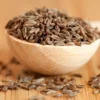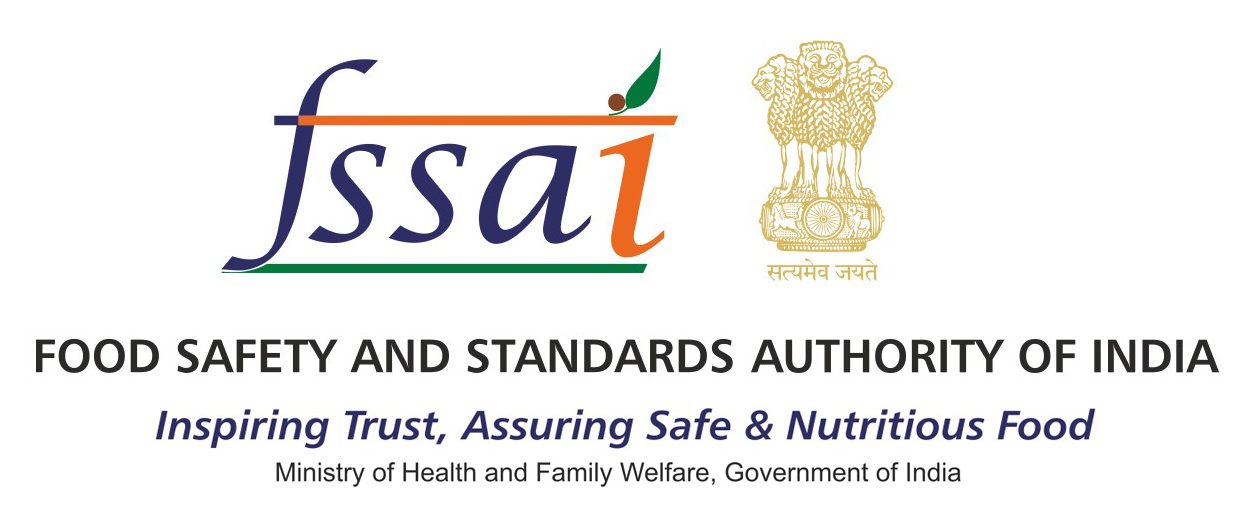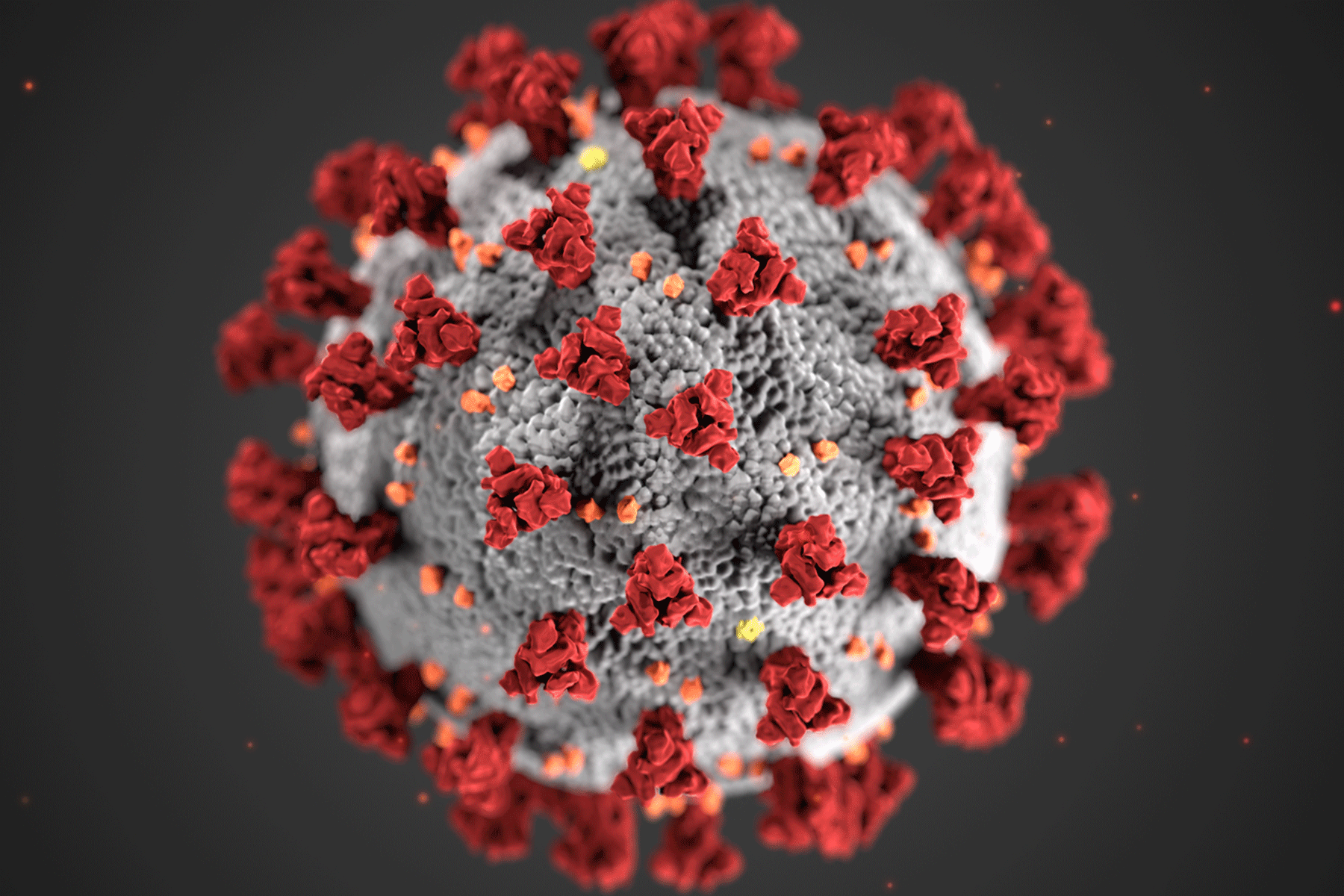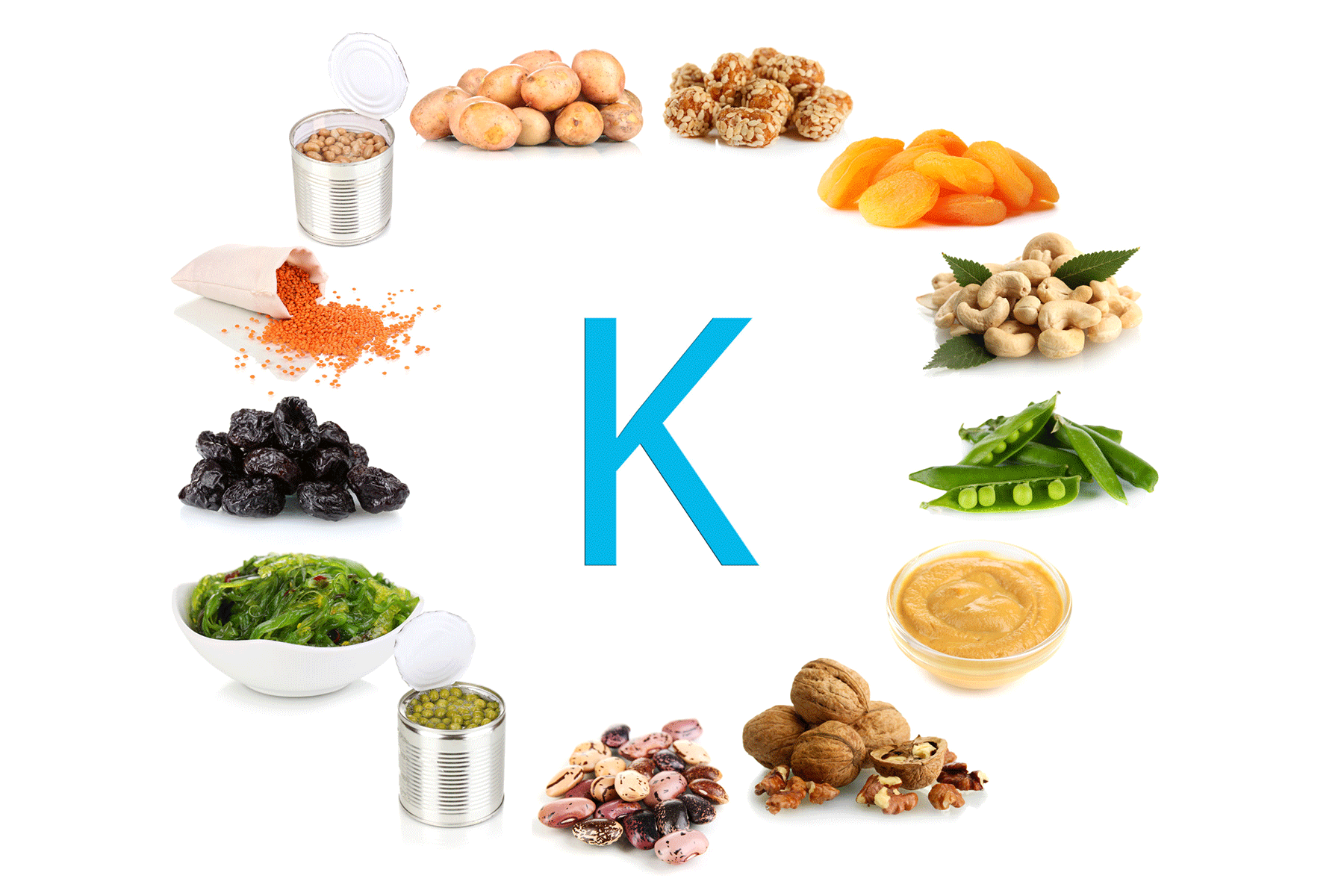 Food Manifest
Food Manifest
The house of resource for food safety.
Blog 1 Column Left Sidebar
- Home
- Blog 1 Column Left Sidebar
Latest Posts
-

FSSAI Suspends Four Notified Food Testing Labs
- A to Z
- November 15, 2025
-

New FSSAI Draft Pushes for Compulsory Standard Drink Labelling
- A to Z
- November 15, 2025
-

Bitter Bubble-Top Water Alarms Puducherry Residents
- A to Z
- November 15, 2025
-

-

Cumin Under Scrutiny: Experts Warn of Rising Adulteration in Jeera
- A to Z
- November 13, 2025

Study Reveals Health Issues Among Food Handlers in Kozhikode0
- Food Safety, Health & Wellness, News
- March 6, 2025
Report Recently, a study was conducted on 2,000 food handlers in Kozhikode district, Kerala, revealing significant workplace health issues, such as typhoid, skin infections, jaundice, cuts, and burns. The study was part of the Sanitation and Fitness Evaluation (SAFE) initiative, led by the Department of Community Medicine at KMCT Medical College, Mukkom, in collaboration with
READ MORE
Study Reveals Alarming Mental Distress for Food Allergy Sufferers0
- A to Z
- October 5, 2024
Introduction Recent research underscores the inadequate psychological support available for individuals coping with food allergies. A study co-led by Aston University highlights the high levels of mental distress among adults with food allergies and caregivers of allergic children, revealing a significant gap in emotional support. According to the study, 66% of adults with food allergies
READ MORE
Study Links High Diet Drinks and Saccharin Intake to Higher Diabetes Risk0
- A to Z, Food Hygiene, Food Safety, Health & Wellness, News
- June 14, 2025
Overview A new analysis from the Coronary Artery Risk Development in Young Adults (CARDIA) in the United States study found that people who consume more diet drinks and saccharin face a higher risk of developing diabetes. In contrast, total intake of artificial sweeteners, sucralose, and aspartame did not show a clear link to diabetes risk.
READ MORE
Study Finds Synthetic Dyes in 20% of U.S. Foods0
- A to Z, Food Hygiene, Food Safety, Health & Wellness, News
- June 26, 2025
Report A new U.S. study has found that 1 in 5 packaged foods and drinks sold by leading food manufacturers contain synthetic food dyes. Published in the Journal of the Academy of Nutrition and Dietetics, the research highlights the widespread use of artificial colouring agents, especially in products marketed to children. Red 40 Leads the
READ MORE
Study Finds Sucralose Increases Hunger by Confusing the Brain0
- Food Hygiene, Food Safety, General, Health & Wellness
- April 5, 2025
Artificial sweeteners, including sucralose, have long been a staple for diabetics and those watching their calorie intake. These sugar substitutes promise the sweetness of sugar without the extra calories. Sucralose, a calorie-free sweetener found in diet sodas, baked goods, and chewing gum, is 600 times sweeter than sugar. Despite its popularity as a weight-management tool,
READ MORE
Study Finds Blastocystis spp. in Edible Plants, Raising Food Safety Concerns0
- Food Safety, General, Health & Wellness, News, Research
- March 5, 2025
Report A recent study in the journal Food and Waterborne Parasitology revealed that Blastocystis spp. contaminates edible plants worldwide. Researchers analyzed data to understand how this microorganism spreads through contaminated food and water worldwide. Key Findings: High Contamination in Fruits and Leafy Greens The study, which analyzed 27 studies across 15 countries, found that 9.4%
READ MORE




